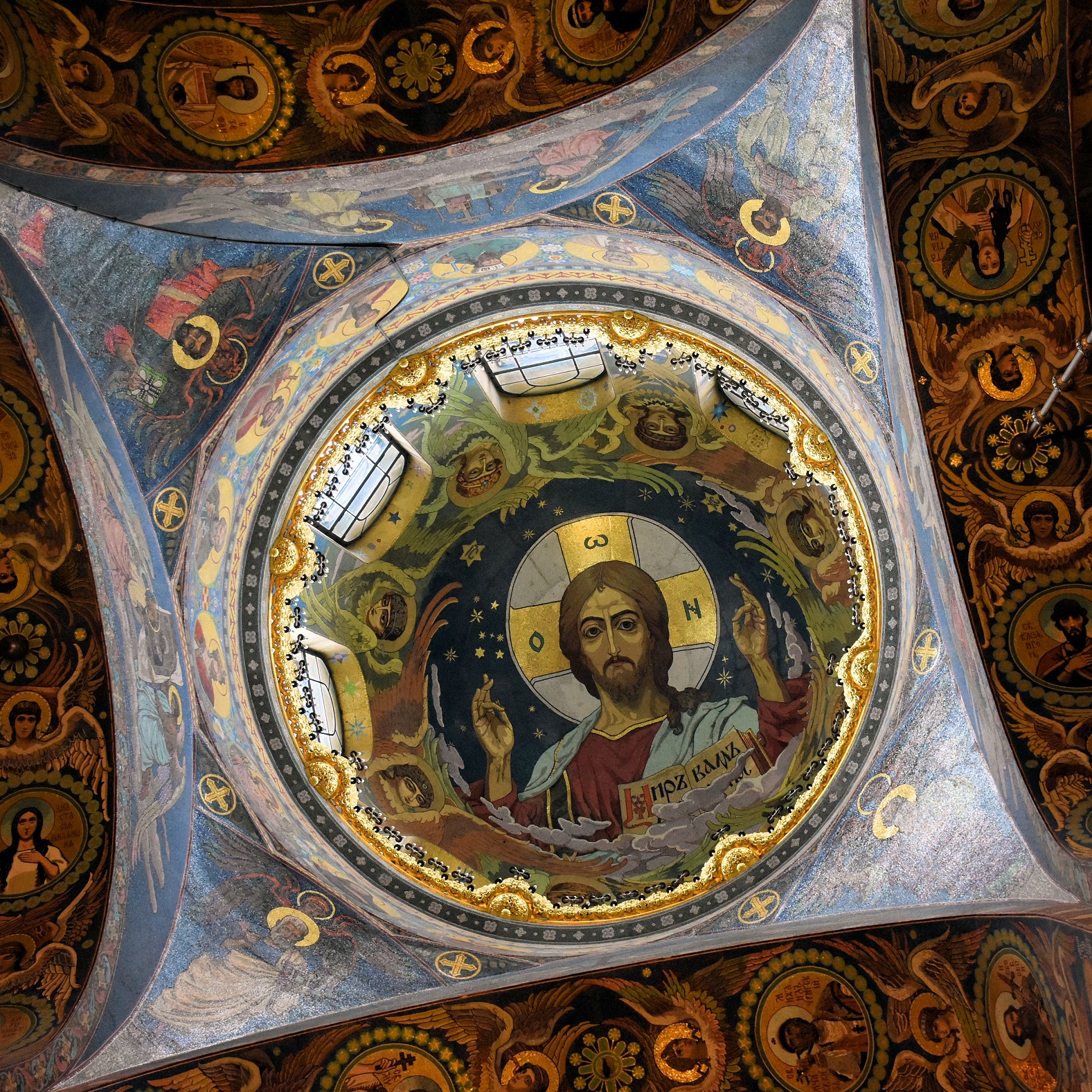
St. Petersburg, Russia
This Christ Pantocrator adorns the inside of the Cathedral of the Resurrection (“Our Saviour on the Spilled Blood”) in St Petersburg, Russia. The concept of a Christ Pantocrator is used in eastern Christian orthodox iconography in place of commonly used names of God, such as “Almighty” and “All-Powerful”. In most cases, a Christ Pantocrator is found inside the main dome of an orthodox church. This picture was taken directly underneath the main dome. A slight change in position gives the picture a three-dimensional appearance.

St. Petersburg, Russia

St. Petersburg, Russia

St. Petersburg, Russia

St. Petersburg, Russia

St. Petersburg, Russia

St. Petersburg, Russia

St. Petersburg, Russia

St. Petersburg, Russia

St. Petersburg, Russia
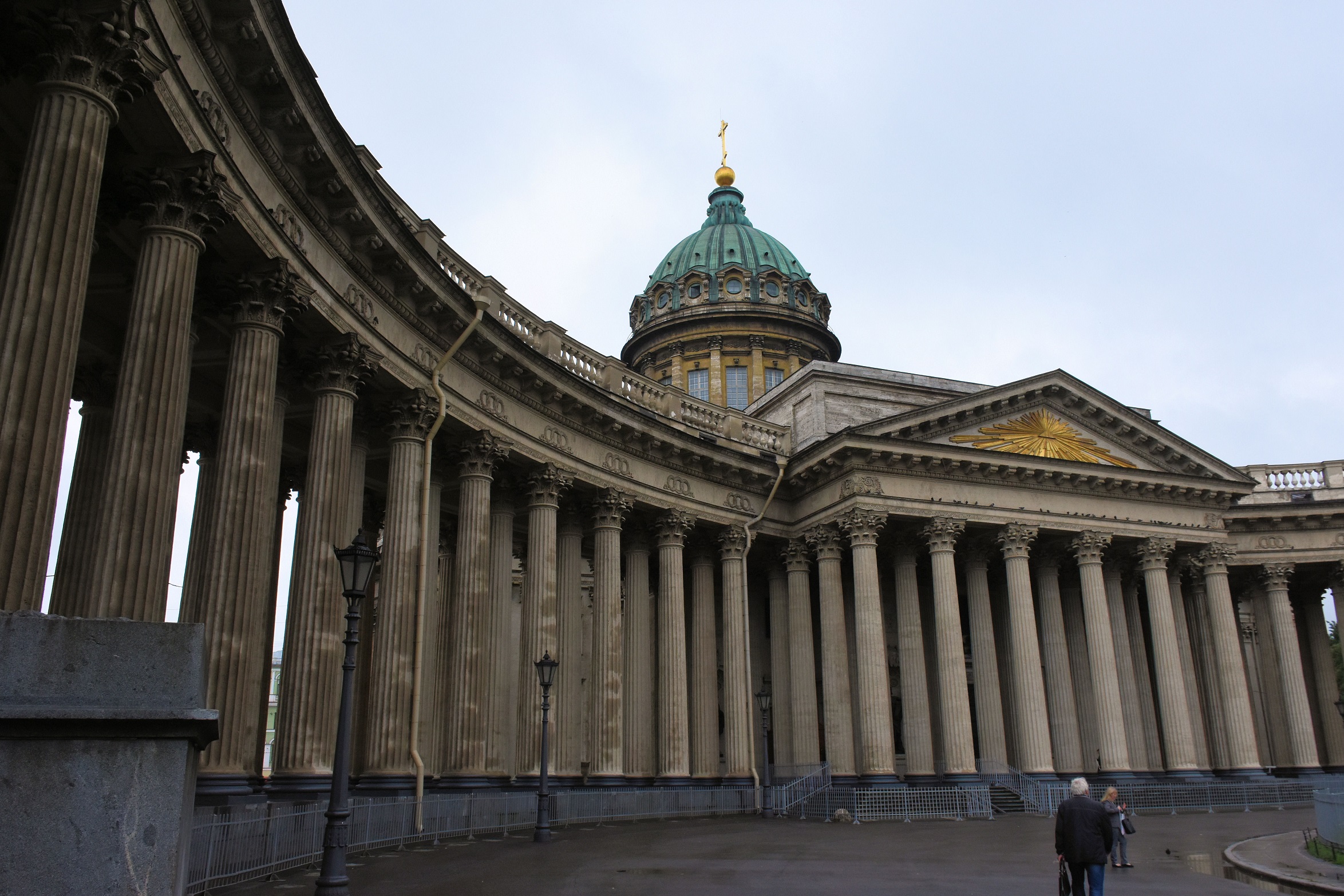
St. Petersburg, Russia

St. Petersburg, Russia

St. Petersburg, Russia

St. Petersburg, Russia

St. Petersburg, Russia

St. Petersburg, Russia

St. Petersburg, Russia

St. Petersburg, Russia

St. Petersburg, Russia

St. Petersburg, Russia

St. Petersburg, Russia
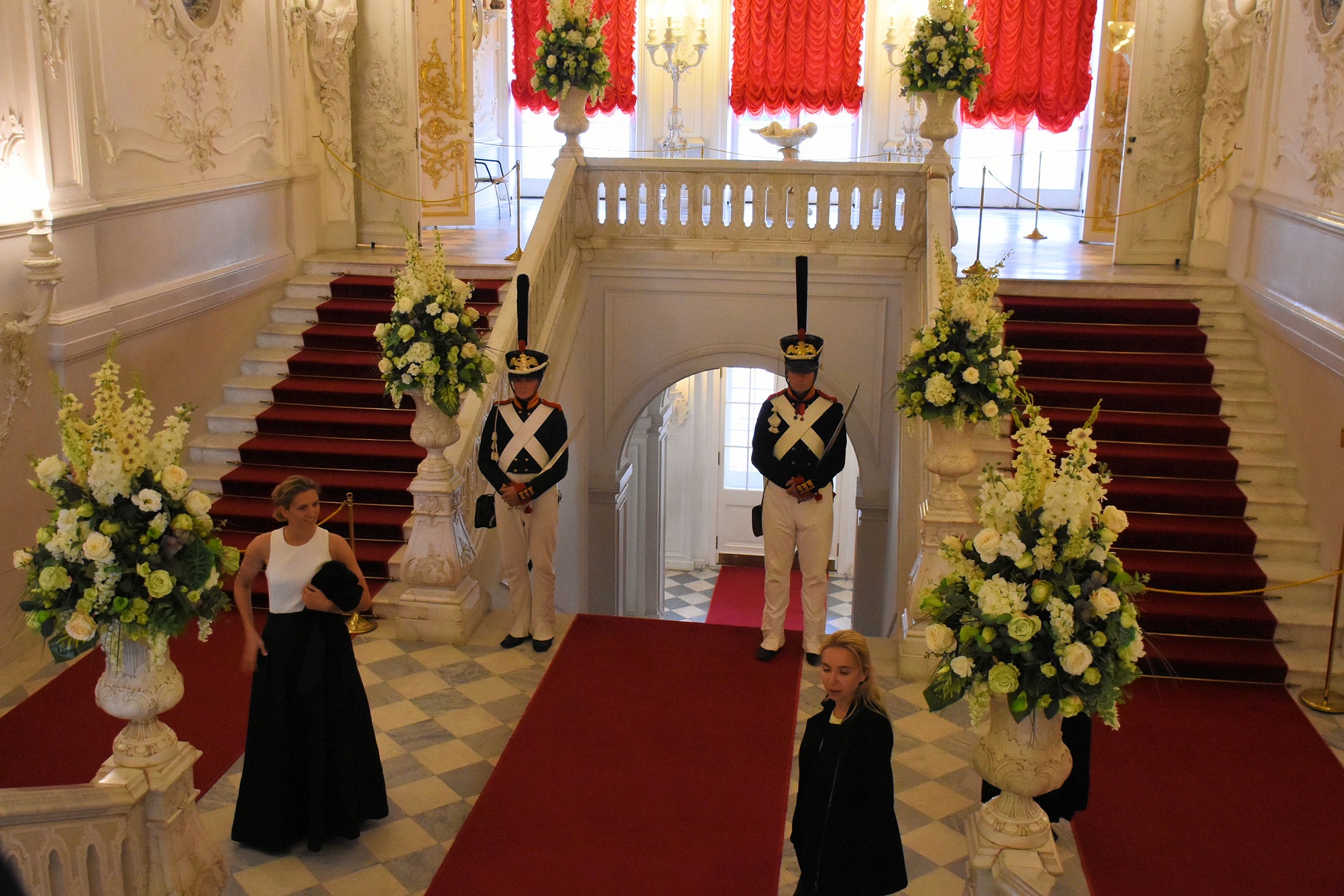
St. Petersburg, Russia

St. Petersburg, Russia

St. Petersburg, Russia

St. Petersburg, Russia

St. Petersburg, Russia

St. Petersburg, Russia

St. Petersburg, Russia

St. Petersburg, Russia

St. Petersburg, Russia

St. Petersburg, Russia

Tallinn, Estonia

Tallinn, Estonia

Tallinn, Estonia

Tallinn, Estonia

Tallinn, Estonia
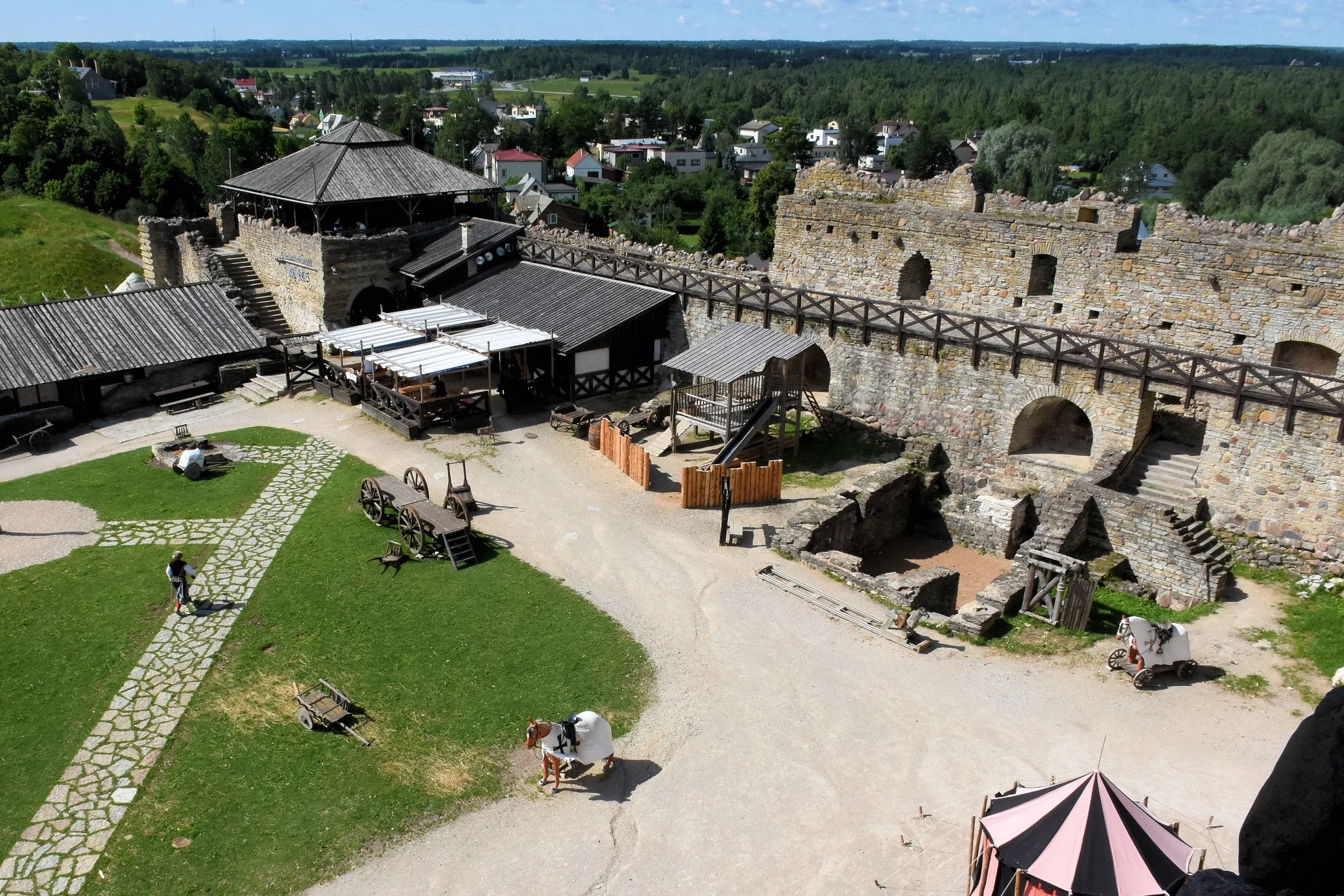
Tallinn, Estonia

Tallinn, Estonia

Tallinn, Estonia

Tallinn, Estonia

Stockholm, Sweden
It is believed that the Vasa's stern was painted in bright colours at the time the ship was launched. The 333 years under water left little evidence of the colours. A model of the ship shows what the stern must have looked like before the Vasa sank.

Tallinn, Estonia

Stockholm, Sweden
Swans in the Stockholm Archipelago.

Stockholm, Sweden
The Stockholm Archipelago is a summer vacation paradise. Many Swedes have built summer houses here. This is where they spend the warmest weeks of the years.

Stockholm, Sweden
Swedish kids grow up on the water. They learn how to sail from a young age on. The Stockholm Archipelago is a safe place to practice sailing skills.

Stockholm, Sweden
Ladugǻrdslandviken just west of the Vasa Museum in Stockholm, Sweden.

Stockholm, Sweden
The bow of the Vasa in her own museum in Stockholm, Sweden.

Stockholm, Sweden
The picturesque waterfront of old town Stockholm.

Stockholm, Sweden
The battleship Vasa was lifted from the bottom of the Stockholm harbor after 333 years. She sank just 15 minutes into her maiden voyage on Aug 10, 1628.

Stockholm, Sweden
The battleship Vasa was meant to be the pride of the Swedish naval fleet during the 17th century. Adorned with beautifully carved figurines it took 400 craftsmen and shipbuilders 4 years to complete. The Vasa capsized and sank because she had a very high center of gravity and was too unstable to withstand strong winds.

A Sunday Afternoon at the Kiel Canal in Germany
While out on a leisurely Sunday afternoon stroll, these people stop on one of the many bridges that cross the Kiel Canal to watch the ship traffic and wave.

A Sunday Afternoon at the Kiel Canal in Germany
A greeting with a smile and a wave – a common sight all along the Kiel Canal.

A Sunday Afternoon at the Kiel Canal in Germany
Some people greet passing cruise ships in interesting ways!

A Sunday Afternoon at the Kiel Canal in Germany
This man came to the Canal prepared for some serious waving.

A Sunday Afternoon at the Kiel Canal in Germany

A Sunday Afternoon at the Kiel Canal in Germany
Many private homes and their gardens line the shores of the Kiel Canal. A cruise ship always seems to be a welcome sight.

A Sunday Afternoon at the Kiel Canal in Germany
Passing through the Kiel Canal in a convoy of ships.

A Sunday Afternoon at the Kiel Canal in Germany
Hundreds of white swan parents and their chicks line the shore of the Kiel Canal.

A Sunday Afternoon at the Kiel Canal in Germany
A family picnic complete with RV, beer and dog makes for a pleasant Sunday afternoon at the Kiel Canal.

A Sunday Afternoon at the Kiel Canal in Germany
Taking a Sunday afternoon drive along the Kiel Canal.

A Sunday Afternoon at the Kiel Canal in Germany
Most of the Kiel Canal shores are lined with biking and hiking paths. Of course, the trails are also great for a Sunday afternoon ride on a beautiful horse.

A Sunday Afternoon at the Kiel Canal in Germany
A freighter appears out of a rain squall in the Kiel Canal. The Canal has been widened in several spots, allowing ships to pull over and let other vessels travelling in the opposite direction to pass.

A Sunday Afternoon at the Kiel Canal in Germany

A Sunday Afternoon at the Kiel Canal in Germany
While out for a family outing to the Kiel Canal, this family pauses to wave at passing ships.

A Sunday Afternoon at the Kiel Canal in Germany

A Sunday Afternoon at the Kiel Canal in Germany
Side arms along the Kiel Canal allow pleasure craft to anchor away from the canal traffic.

A Sunday Afternoon at the Kiel Canal in Germany
Trying to keep up with the ships along the Kiel Canal. That’s one way to spend a Sunday afternoon.

A Sunday Afternoon at the Kiel Canal in Germany
As we enter the River Elbe and approach the locks of the Kiel Canal, we pass the CSCL Mars, one of the world’s largest container ships. The Mars can carry up to 13,000 full size containers.

A Sunday Afternoon at the Kiel Canal in Germany
Cruise ships are not a common sight on the Kiel Canal. Only relatively small ships fit under the Canal’s bridges. On average, one cruise ship passes through the canal every four to five days.

A Sunday Afternoon at the Kiel Canal in Germany
Taking a Sunday afternoon motorcycle ride along the Kiel Canal.

A Sunday Afternoon at the Kiel Canal in Germany
The Laboe Naval Monument commemorates sailors of all nationalities who lost their lives during the two world wars. It is located at the Kiel side of the canal.

A Sunday Afternoon at the Kiel Canal in Germany
The beautiful pastoral landscape of Schleswig Holstein as seen from the Kiel Canal.

A Sunday Afternoon at the Kiel Canal in Germany
Old farm houses with reed covered roofs line both sides of the Kiel Canal

A Sunday Afternoon at the Kiel Canal in Germany
Sailors on a German yacht enjoy a breezy Sunday morning on the water.

A Sunday Afternoon at the Kiel Canal in Germany
Picking raspberries along the Kiel Canal is a great way for a family to spend a Sunday afternoon.

A Sunday Afternoon at the Kiel Canal in Germany
Leisure crafts, passenger vessels as well as commercial freighters use the Kiel Canal go between the North Sea and the Baltic Sea. By cutting through the German state of Schleswig Holstein instead of going around the Danish Jutland peninsula, ships save 250 nautical miles (460 km).

A Sunday Afternoon at the Kiel Canal in Germany
This serious angler spends a relaxing Sunday afternoon at the Canal. Three fishing rods must be better than one.

A Sunday Afternoon at the Kiel Canal in Germany

A Sunday Afternoon at the Kiel Canal in Germany
The German pilots use big catamarans to reach the ships off shore and then transfer into smaller vessels for boarding.

A Sunday Afternoon at the Kiel Canal in Germany
This gentleman accompanied our ship for 40 minutes as we were passing through the Kiel Canal. That’s quite a workout!

A Sunday Afternoon at the Kiel Canal in Germany
All along the German North Sea coastline, hotels and resort towns rent out “beach baskets” (direct translation for “Strandkörbe”) to their holiday guests. For privacy and protection from the wind, these comfortable chairs are open on one side only. They can be locked up to prevent unauthorized use.

A Sunday Afternoon at the Kiel Canal in Germany
All along the 100 km (60 mi) long Kiel Canal, wind farms and pastoral land make up much of the passing scenery. Wind power contributes 20% to Germany’s overall electrical energy consumption.

Alesund, Norway
An old warehouse in the port of Alesund, Norway.

Alesund, Norway
The 12th century marble church on Giske Island near Alesund, Norway is a rare treasure. To preserve the marble and protect it from the harsh, salty sea air, the marble has been covered up with plaster.

Dover, England
The famous white cliffs of Dover.

Alesund, Norway
The beautiful town of Alesund in Norway has a tragic history. In 1904 a fire started in downtown and destroyed 800 houses. Miraculously, only 1 life was lost. German’s Kaiser Wilhelm II helped in the re-construction of the city. A monument with a bronze plaque commemorates the Kaiser’s generosity. Within three years the town was up and running again. The old wooden houses in the destroyed part of town were replaced with stone house to prevent similar events from ever happening again.

Haugesund, Norway
Friday, October 3rd, 1899 was a tragic day for the people of tiny Røvær Island near Haugesund. On their way back from a funeral, the mourners’ sailing vessel crashed against the rocks in a sudden hurricane. 30 people, mostly men, drowned in the accident, leaving 36 children fatherless and 11 women without their husbands. To commemorate the event, this sign was erected on one of the rocks just off the entrance to the Haugesund harbour.

Haugesund, Norway
In Norway, due to a seemingly inexhaustible supply, cod used to be cheap. Salmon on the other hand was more precious and very expensive. Now, because farmed salmon is flooding the market, Atlantic salmon is very inexpensive, but cod has reached the cost of a good quality steak. The inhabitants of Røvær also farm salmon. Their small salmon farm employs approximately 6 workers.

Haugesund, Norway
Picturesque Røvær Island

Haugesund, Norway
Helga Rasmussen and her family lives in this house on Røvær Island. Helga is the part-owner of the island's only hotel and a 5th generation islander. Helga’s grandfather lost two uncles in the boating accident of 1899.

Haugesund, Norway
Picturesque Røvær Island

Haugesund, Norway
The protected inner harbour is a hub of island activity. Despite its small size (1.4 sq km or 0.54 sq mi) and a mere 100 residents, Røvær Island has its own school, post office, church, museum, kindergarten, shop and hotel.

Haugesund, Norway
In the church of Røvær Island hangs a replica of the ill-fated sailing vessel from 1899.

Haugesund, Norway
Picturesque Røvær Island

Haugesund, Norway
An entire wall in the museum of Røvær Island has been dedicated to the tragic accident of 1899. This display shows pictures of some of the victims, a meteorological map of that fateful day and a chart showing the impact the accident had on the island’s population. 23% of the 130 inhabitants lost their lives in a single day (22 men, 4 women and 4 children).

Haugesund, Norway
An interesting display in the Røvær museum shows life as it was on the island in the 19th century.

Haugesund, Norway
An interesting display in the Røvær museum shows life as it was on the island in the 19th century.

Haugesund, Norway
A classroom in the only school on Røvær Island. Note the two desks in the room. In 2016 the entire school only has 17 students.

Haugesund, Norway
Picturesque Røvær Island

Skjolden, Norway
At the far end of the longest navigable fjord in the world, the small town of Skjolden is as inviting as any holiday destination I have ever seen.

Skjolden, Norway
Travelling along the Sognefjellet National Tourist Road towards the Jotunheimen Naional Park, the different shades of green from mountain streams, evergreens, pastures and deciduous trees are an attraction by themselves.

Skjolden, Norway
Even in June, the machine groomed remnant snow fields of Jotunheimen National Park offer a perfect training ground for the world’s best cross-country skiers. Here, the national teams of Norway and Russia continue their training well into the summer.

Skjolden, Norway
An old hotel half way up the mountain pass bears witness to the Norwegian skill of working with wood.

Skjolden, Norway
The traveler arrives at the iconic stone sculpture of the Mefjellet Rest Area unexpectedly. Created by artist Knut Wold, the sculpture is located near the top of the Sognefjell Mountain Pass, the highest mountain road in Europe.

Skjolden, Norway
Mountain Valley east of Skjolden

Skjolden, Norway
The Fanaråken glacier in the Jotunheimen National Park is Europe’s largest.

Skjolden, Norway
Located at the end of the 203 km (126 mi) long Sognefjord, the little town of Skjolden offers vacationers a vast array of recreational experiences.

Skjolden, Norway
Crystal clear air, remnant snow fields from a harsh winter and rushing meltwater streams make for invigorating and achingly beautiful scenery. Jotunheimen National Park is home to the 29 highest mountain peaks in Norway. Referred to as the “Home of the Giants” it offers some of Norway’s most spectacular landscape.


Skjolden, Norway
Gravity at work. As the glacial meltwaters find their way down to the fjords, they offer spectacular sights.

Skjolden, Norway
The Urnes Stave Church in the village of Luster is the oldest of approximately 1,000 stave churches built in Norway. Constructed in 1130, it is already the third church to be built on the same spot. The Urnes Stave Church is the only one in Norway recognized as a UNESCO Heritage Site.

Trondheim, Norway

Trondheim, Norway
St Olaf's Cathedral

Pisa, Italy

Pisa, Italy

Pisa, Italy

San Gimignano, Italy
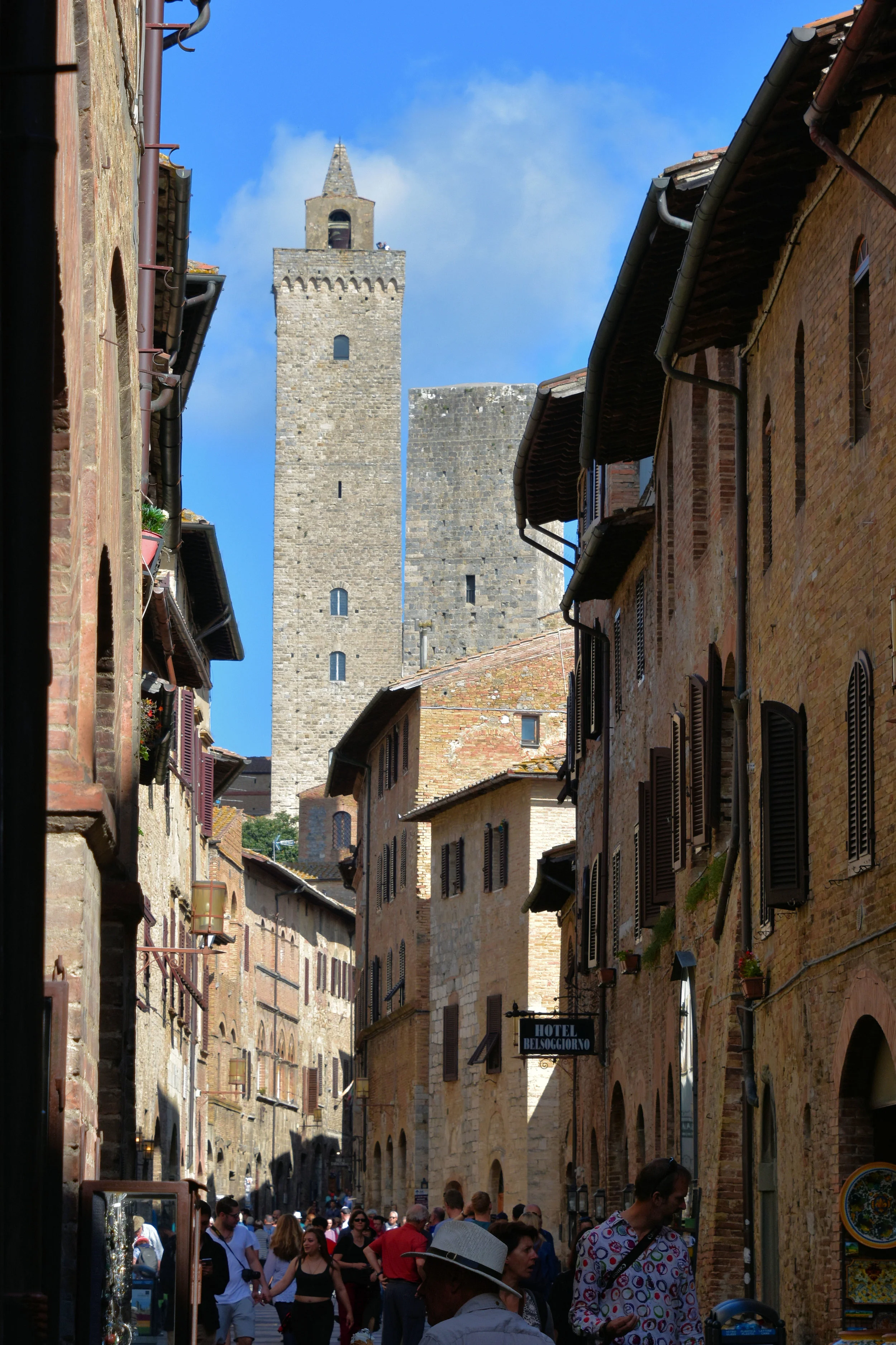
San Gimignano, Italy

San Gimignano, Italy
The tower houses in the Italian town of San Gimignano are evidence to some of the most enduring attributes of the human condition: vanity and pride.
During the 13th and 14th centuries, rivalries among the richest and most powerful families were settled by each clan building higher and higher tower houses. At one time, 72 tower houses stood in the village with the tallest reaching 70 m (239 ft) into the blue Italian sky.
Over the centuries, San Gimignano fell on hard times and many towers were either destroyed or fell apart. Today, 14 of the towers remain and are protected as a UNESCO World Heritage Site.






















































































































